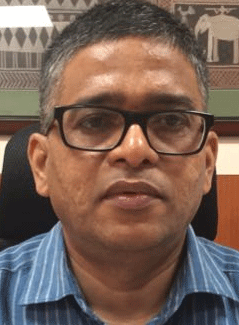Bhubaneswar: With the Centre doubled the supply of vaccines to States, the Odisha Government has set an ambitious target to vaccinate 3.5 lakh doses each day.
Additional Chief Secretary (ACS), Health & Family Welfare, PK Mohapatra on Saturday asked all Collectors, Municipal Commissioners and Chief District Medical and Public Health Officers (CDM & PHOs) to plan accordingly and meet the target set for their district.
“The Ministry of Health & Family Welfare (MoHFW) has now nearly doubled the monthly vaccine allocation to States, and faster vaccine consumption will lead to higher allocation for the State. The issue of syringe availability has also now been resolved,” Mr.Mohapatra said in a communication to the Collectors and MCs.
In view of this, it is of utmost importance that the State step up the pace of vaccination in all districts, he said.
The ACS has also asked to give priority for vaccination of all 2nd dose due beneficiaries, teachers & non-teaching staff of Government & private schools and pregnant women.
Reiterating his earlier communication made on July 31, Mr.Mohapatra has fixed targets for each district to achieve 3.5 lakh doses administration per day in the State.
“You are requested to plan and ramp up vaccination drive accordingly to achieve more than the daily target fixed for your district,” he added.
As per the letter, 30,000 daily target has been set for Bhubaneswar Municipal Corporation (BMC), 28,500 for Ganjam district, 20,000 for Cuttack, 19,000 for Mayurbhanj, 18,000 for Balasore, 16,000 for Sundergarh, 15,000 for Jajpur, 14,500 for Keonjhar, 14,000 for Puri, 12,500 in Bolangir, 12,000 each in Bargarh, Kalahandi & Bhadrak and Kendrapara (11,500),.
All other districts have set a daily target of 10,000 or less. The districts are—Angul (10,000), Boudh (3,000), Deogarh (2,500), Dhenkanal (9,500), Gajapati (4,500), Jagatsinghpur (9,000), Jharsuguda (5,000), Kandhamal (5,500), Khurda (10,000), Koraput (10,000), Malkangiri (4,500), Nabarangpur (9,000), Nayagarh (7,500), Nuapada (4,500), Rayagada (7,500), Sambalpur (8,000) and Sonepur (5,000).


